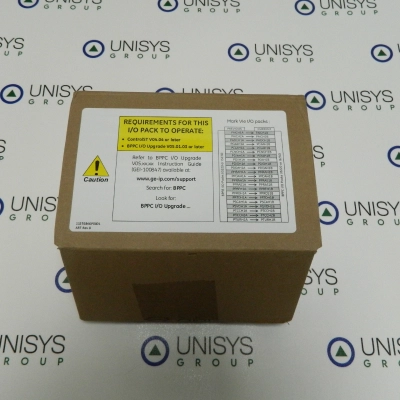


IS215VCMIH2B is a VME Communication Interface Card manufactured by General Electric as part of the Mark VI Series used in gas turbine control systems. The VME Bus Master Controller (VCMI) board serves as the communication interface between the controller and the I/O boards as well as the communication interface to the IONet system control network. The VCMI also serves as the VME bus master in the control and I/O racks, managing the IDs for all of the boards in the rack and their related terminal boards. Through the J301 backplane connector, the VCMI card receives analog and digital feedback on power status.
The VCMI board is available in two versions: VCMIH1 and VCMIH2. The board has four-port connections on the front faceplate. Three IONet connectors and one serial port are included. Three LED indicators are located above each IONet connector. "TX," "RX," and "CD" are the labels on them. The board also contains four LEDs labeled 1,2,4, and 8 as well as LED indications labeled Run/Fail/Status (positioned above a push-button reset switch). The faceplate is connected to the main board using screws.
FEATURES OF IS215VCMIH2B
BOARD TYPE: 6U high VME board with 0.787-inch widthH1 version - 10 Mbits/sec, one IONet 10Base2 Ethernet port, BNC connector
H2 version - Three IONet 10Base2 Ethernet ports, BNC connections, 10 Mbits/sec
TRANSFERS OF VME BUS BLOCKS: 1 RS-232C serial port with a D-style plug connector and a 9600 baud rate (only)Three simplex system setups using the VCMI with local and distant I/O. Each I/O rack has its own VCMI board, and many I/O racks can be connected to IONet. A second IONet port on the VCMI can be used as a parallel IONet to boost data throughput for applications that demand low latency.
A tiny system, all of the I/O is put in the VME control rack, eliminating the need for any remote I/O racks. The VCMI features three IONet ports, with one for each of the three channels (R, S, and T). The larger system with distant I/O racks in the second scenario. Although many I/O racks are supported by one IONet, only one rack is displayed here. Regarding I/O boards and points, all I/O channels (R, S, and T) are the same.
There are three standard heights for VMEbus cards: 3U, 6U, and 9U. Transition modules may be put on the back side of the backplane in 6U and 9U systems. Transition modules only communicate with the VMEbus module on the side of the backplane opposite of them using the user-defined pins of the J0, J2, and J3 connectors, not with VMEbus.